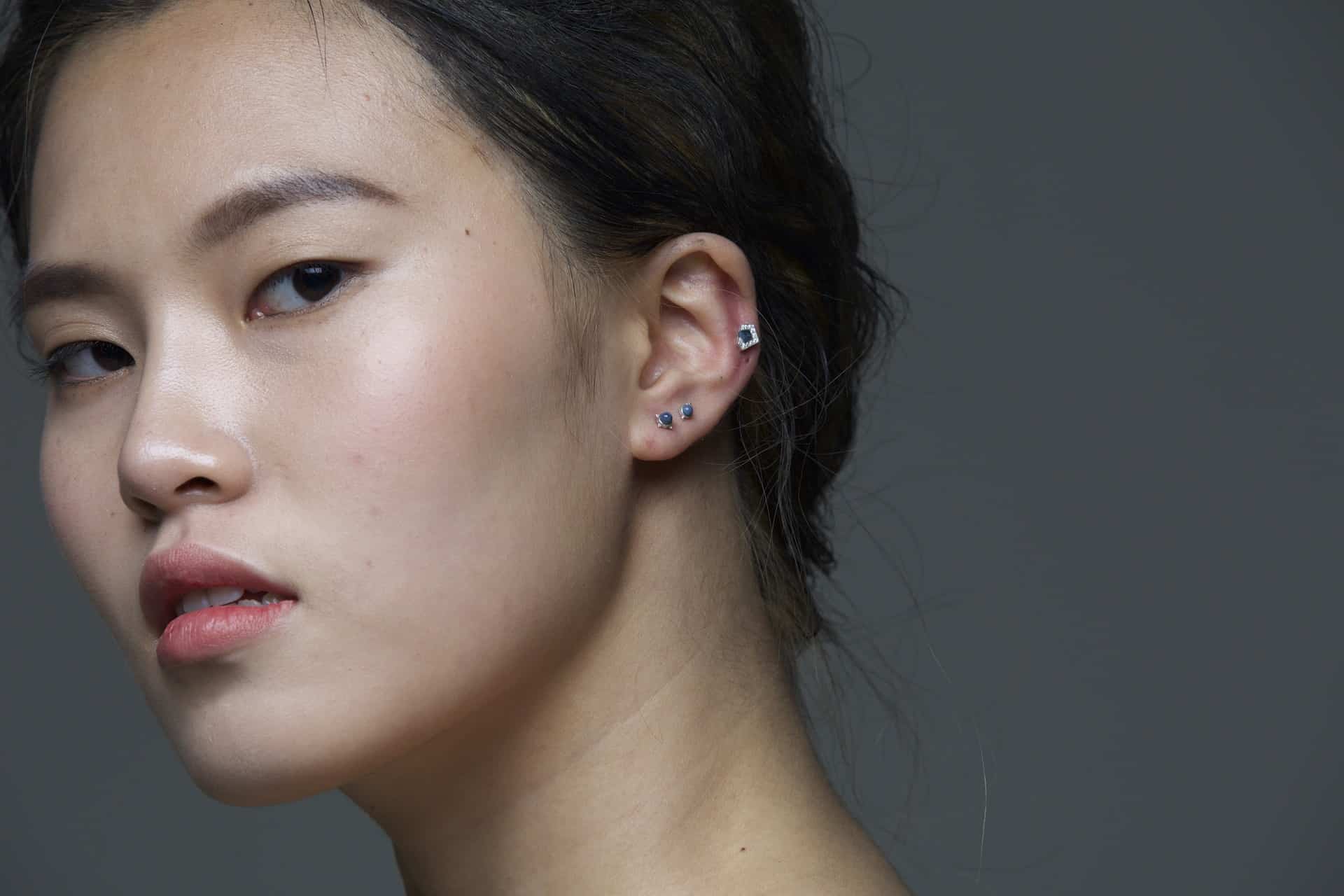
Table of Contents
The world of ear piercings is vast and ever-evolving, offering styles that range from the subtly classic to the daringly unconventional. With so many options available, choosing the perfect one can seem like a daunting task. But don’t worry because we’re here to help!
Let’s explore the top 12 types of ear piercings that have captured the hearts (and ears) of enthusiasts worldwide. Whether you’re a piercing novice or a seasoned enthusiast, you’re sure to find something you love here!
1. Earlobe Piercing
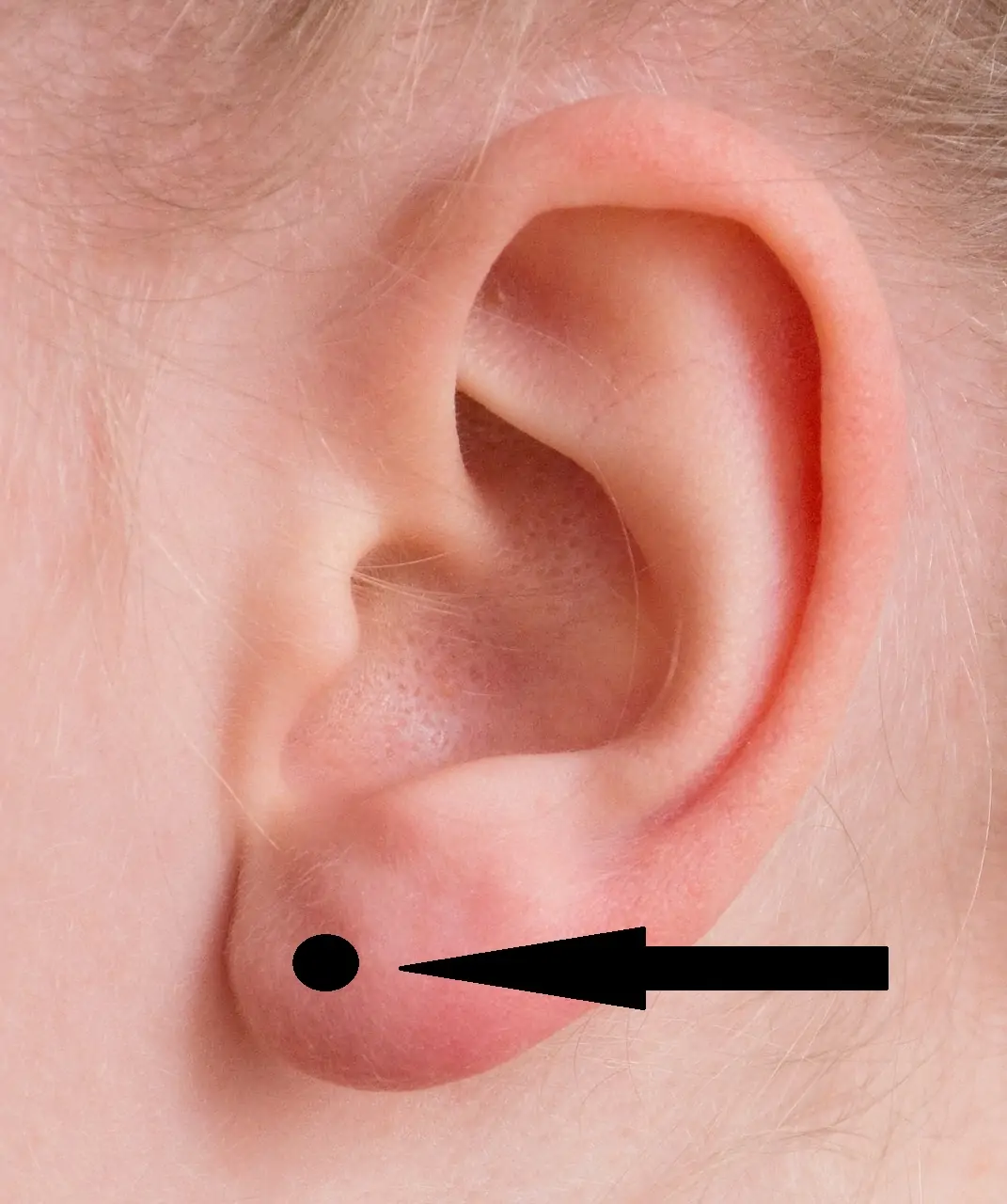
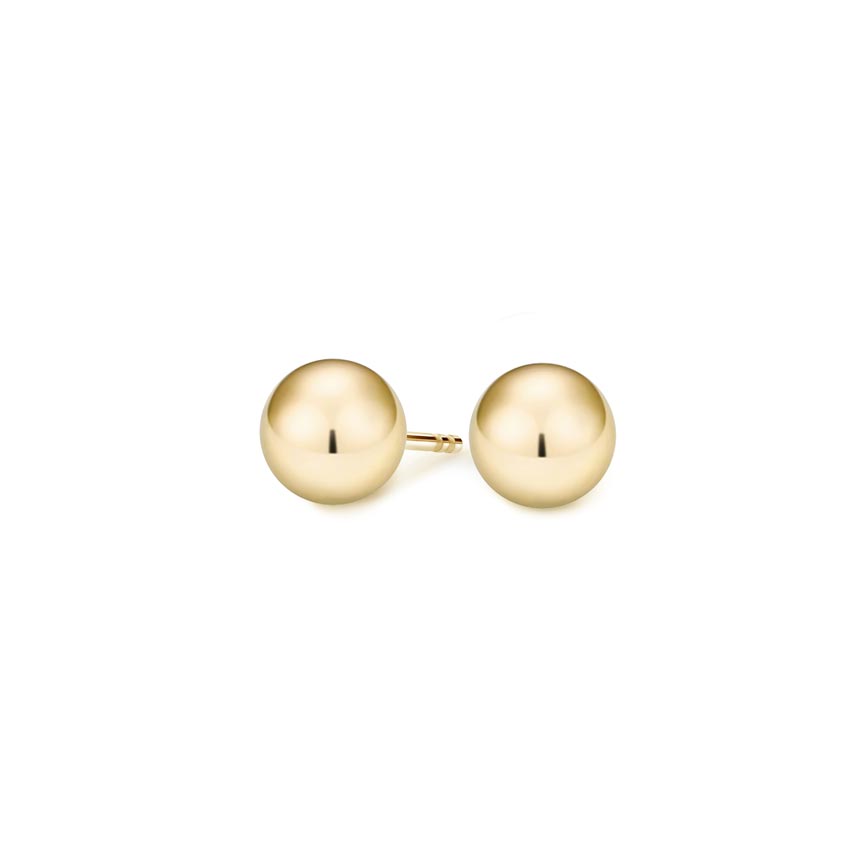
This is the most common type of ear piercing and most people are comfortable with it. It’s quite normal for young children and teenagers to get a lobe piercing and in many Asian cultures, like India or Sri Lanka, it’s a part of the tradition to have your earlobes pierced. In many cases, this is often done while the child is still an infant.
A simple lobe piercing works for most people as it allows you to wear all types of earrings, whether dangles, studs, or chandeliers. For females, having both ears pierced is the norm while for men, a single piercing is quite common.
LOBE PIERCING PAIN METER:
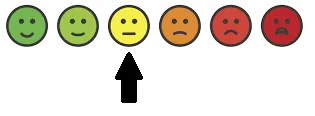
The lobe is fleshy and flexible, without bone or cartilage, and one of the least painful types of ear piercings. You’ll just feel a sting and then it’s done. Some say it’s less painful than getting a flu shot.
HEALING TIME:
This type of piercing heals quite quickly, usually taking between 5-6 weeks. Just make sure to keep it clean and follow the recommended care plan to avoid infections.
2. Upper Lobe Piercing
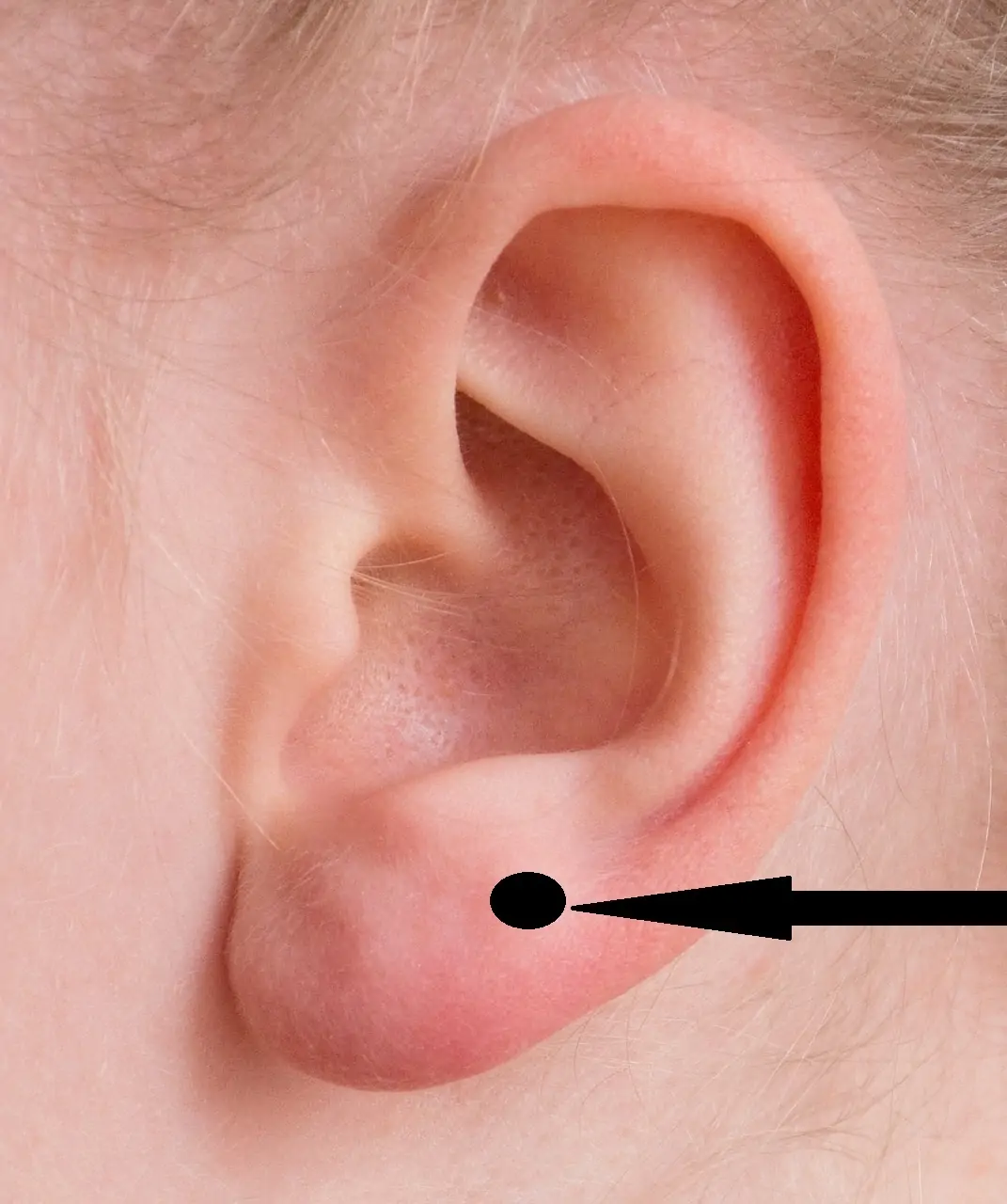
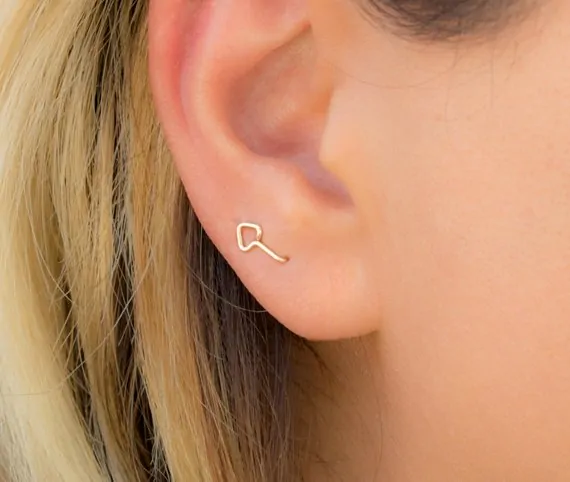
The upper lobe piercing sits higher up on the lobe and is ideal as a companion for the lobe piercing. While it’s fairly simple, it lets you up the cool factor without much effort.
Depending on the size of your ear, you could opt for 2, 3, or even 4 piercings along your lobe. This allows for trendy graduated ear studs and various other fashionable styles of earrings.
UPPER LOBE PIERCING PAIN METER:

Again, because this is still the fleshy part of your ear, the pain of the upper lobe piercing is lower than other types.
HEALING TIME:
An upper lobe piercing typically has a healing time of 6 to 8 weeks. However, it’s important to note that while the initial healing might take this duration, complete healing can take a bit longer.
3. Helix Piercing
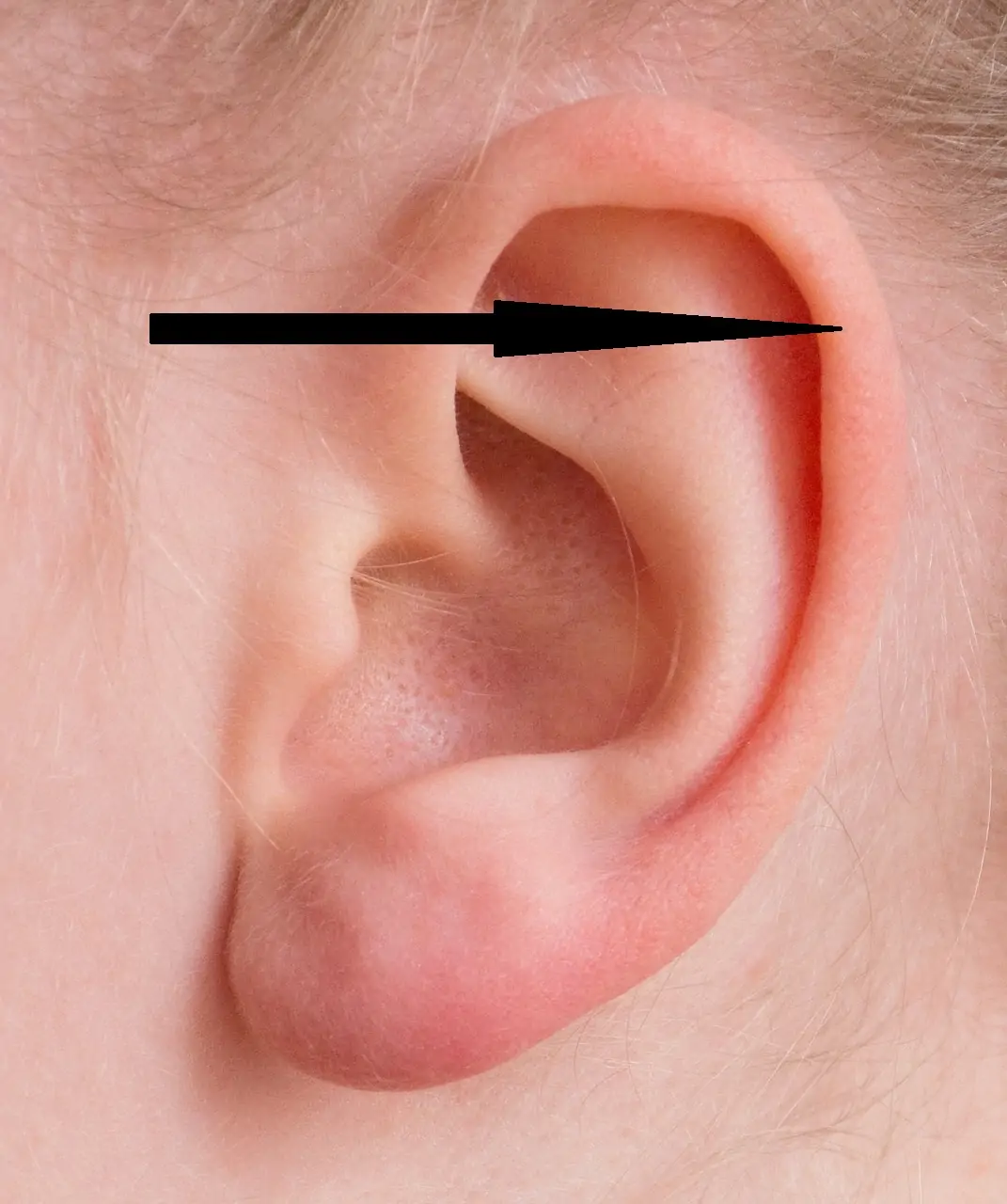
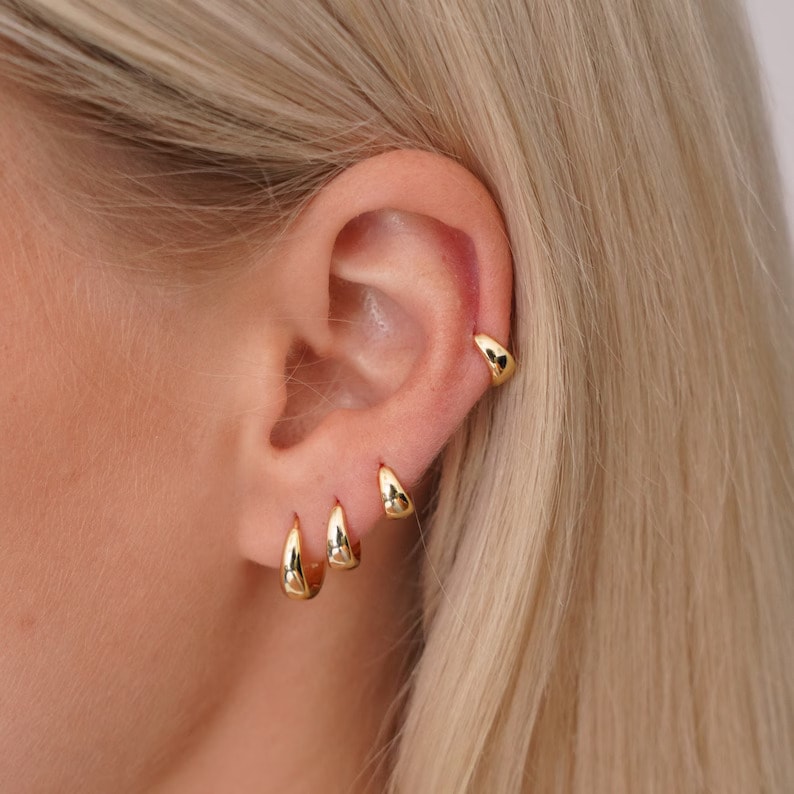
Located on the upper edge of the ear, the helix goes through the soft ear cartilage. This is a large area of the ear, making it perfect for multiple piercings. It’s common to have 2 or 3 helix piercings, called double helix and triple helix, sitting above each other along the upper ear. Hoops are the most popular type of helix jewelry but you can also opt for curved and straight bars.
HELIX PIERCING PAIN METER:

Helix piercings cause discomfort and some pain to most people. This will last during the healing period as well.
HEALING TIME:
The helix is a cartilage piercing that takes a lot longer to heal and will be painful, red, and even bleed during the healing time. You’re looking at between 3-6 months of healing time.
4. Forward Helix Piercing
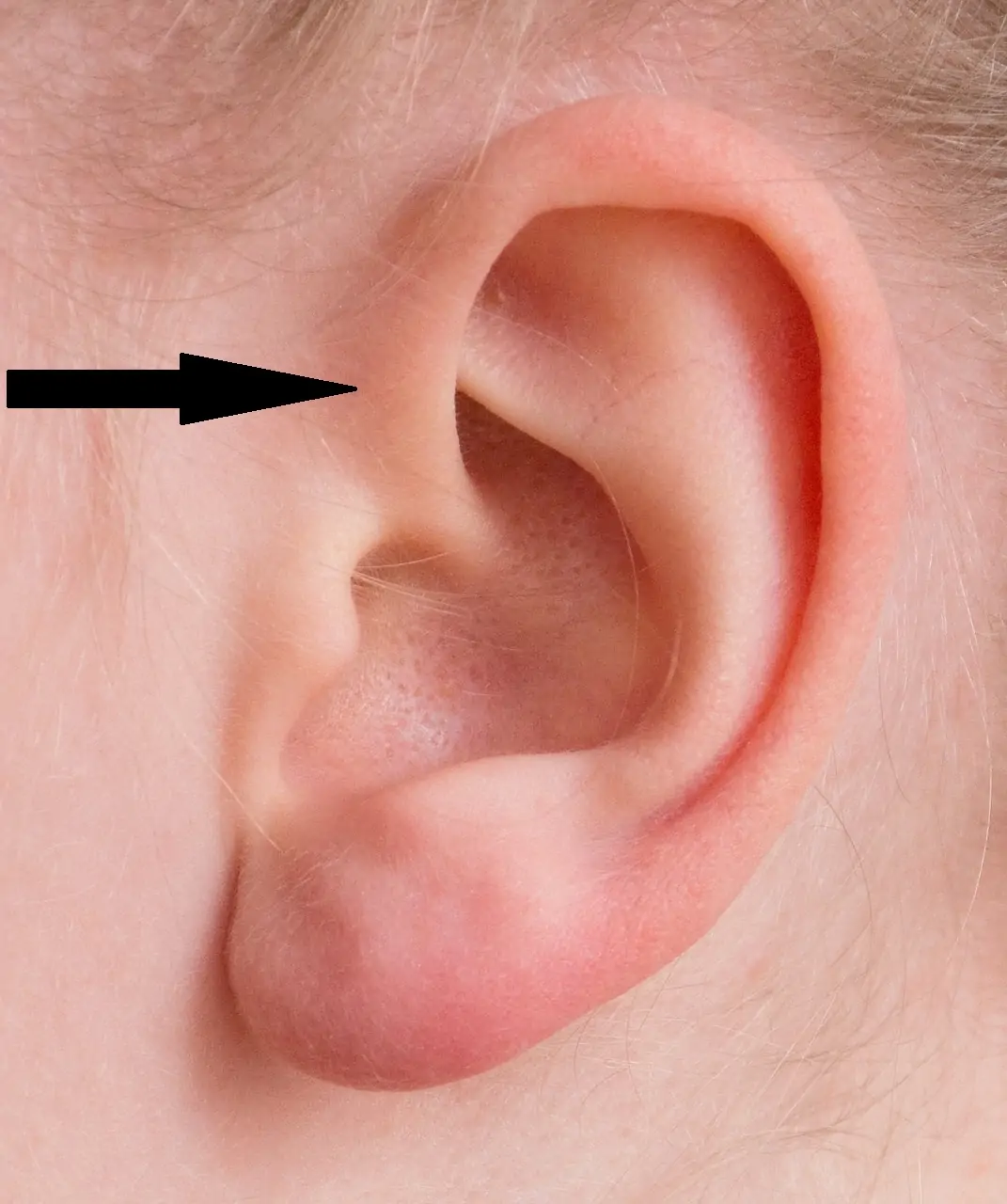
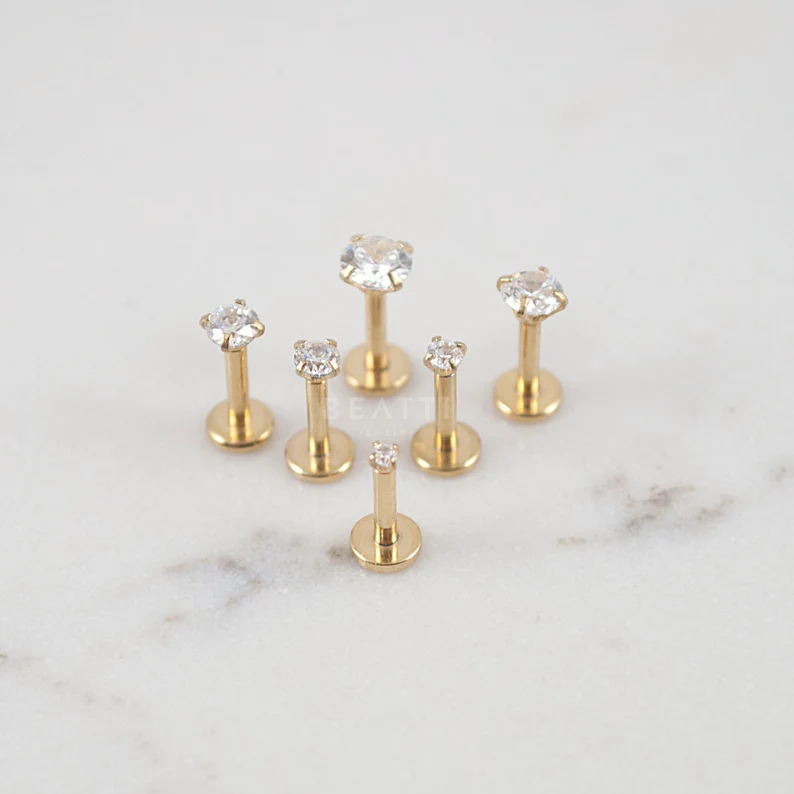
Run your finger along the upper curve of your ear all the way to the front and where it slopes and stops is where the forward helix piercing sits. Again, there’s often space enough here for up to 3 graduated studs.
The main type of jewelry worn on the forward helix is a stud, but you can also opt for a hoop. This is quite a unique type of piercing and is very attractive.
FORWARD HELIX PIERCING PAIN METER:

You will feel some pain during a forward helix piercing, mainly due to the pressure needed to push the needle through the cartilage. Yikes! However, for most people, the pain passes quickly although discomfort can continue for a while.
HEALING TIME:
The forward helix piercing will take at least 3 months to heal but for some people, the healing process can last up to 6 months.
5. Daith Piercing
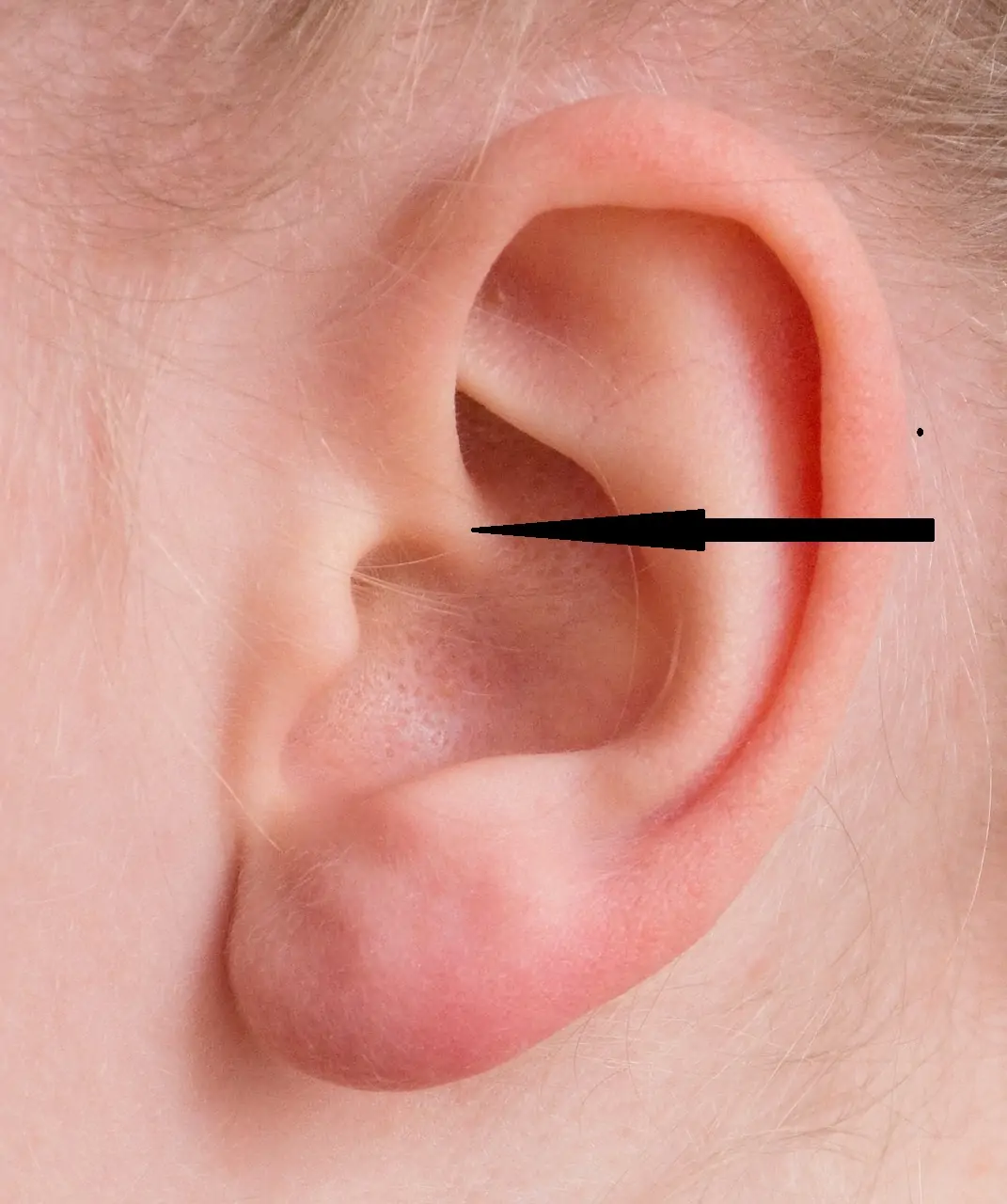
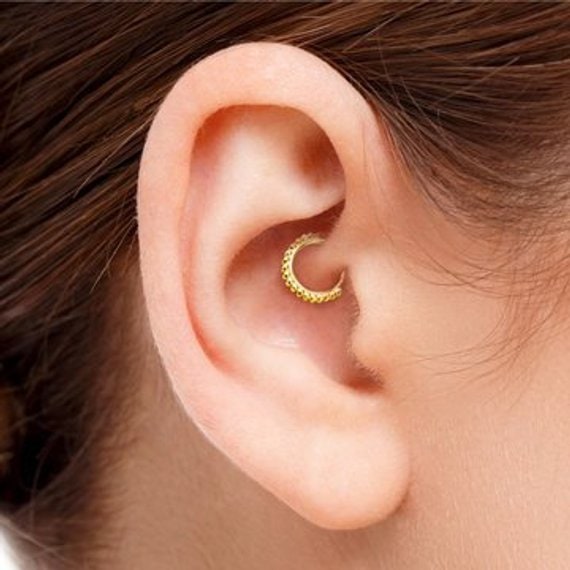
Daith Piercing is an increasingly popular type of ear piercing, not only for the cool factor but also because some people claim that a daith piercing can help reduce migraines and headaches. While there isn’t any scientific proof that this is true, many people who’ve had daith piercings claim that it has helped them with severe headaches.
Be that as it may, the daith is a beautiful piercing, nestled right within the ear. It’s common to opt for a hoop for this type of piercing as it fits along the inner curve of the ear. Horseshoe hoops are also a good option.
DAITH PIERCING PAIN METER:
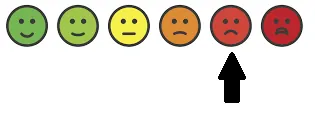
While not as painful as it looks, the daith piercing causes discomfort and some pain to most people. You’ll feel an intense, sharp sting during the procedure as the needle goes through the inner cartilage of your ear. There’s typically a painful ache for a couple of hours afterward and the pain can last for up to a week.
HEALING TIME:
The daith piercing takes a very long time to heal, sometimes taking as long as 9 months for the ear to completely recover. You need to take care of it, especially during the initial month.
6. Tragus Piercing
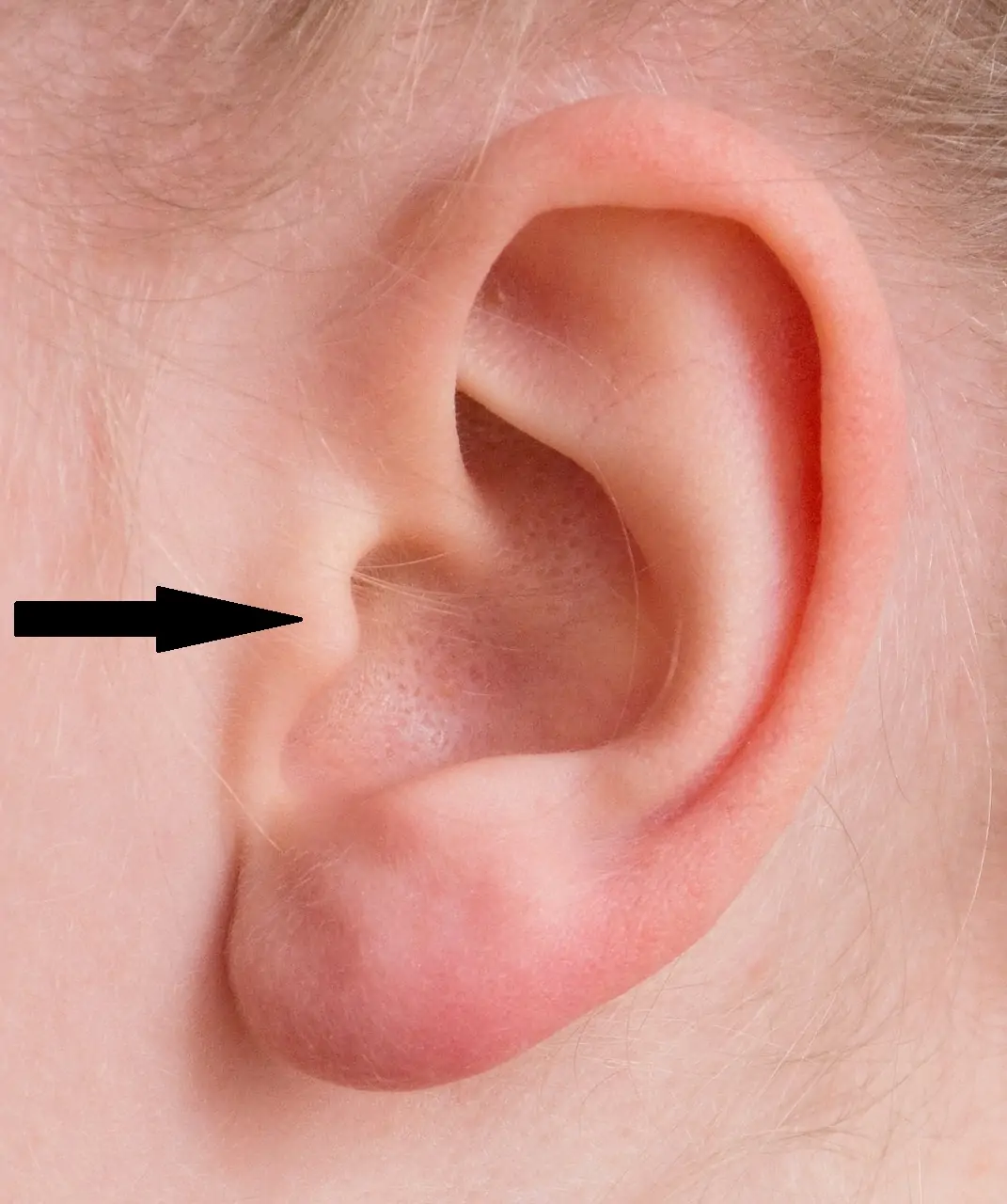
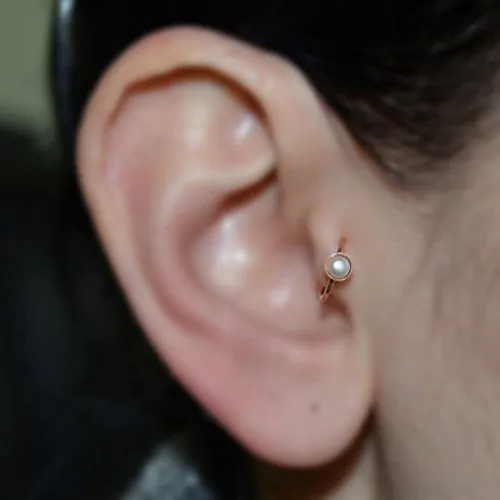
The tragus piercing sits at that little outcrop of cartilage above your ear canal. It’s the pointy bit you feel that moves from side to side when you touch your ear. There’s often space for just one piercing on the tragus, but some people with larger tragi can opt for multiple piercings.
Studs and hoops work beautifully for the tragus spot and make for stunning ear jewelry. While the tragus is more complicated than most other types of ear piercings, it’s an amazing spot to show off your ear bling.
TRAGUS PIERCING PAIN METER:

The tragus has a thicker amount of cartilage meaning that it needs more pressure and takes more time to complete the piercing successfully. You’ll feel pressure during the procedure, but it may not be as painful as it seems. You’ll feel some pain and aching for a few hours afterward and up to several days after the piercing but the intensity can differ from person to person.
HEALING TIME:
The tragus piercing usually takes 3 to 6 months to heal but some recipients report feeling pain even up to 8 months after the procedure. This is an area that is prone to get infected so it requires very good after-care to ensure that this doesn’t occur.
7. Anti-Tragus Piercing
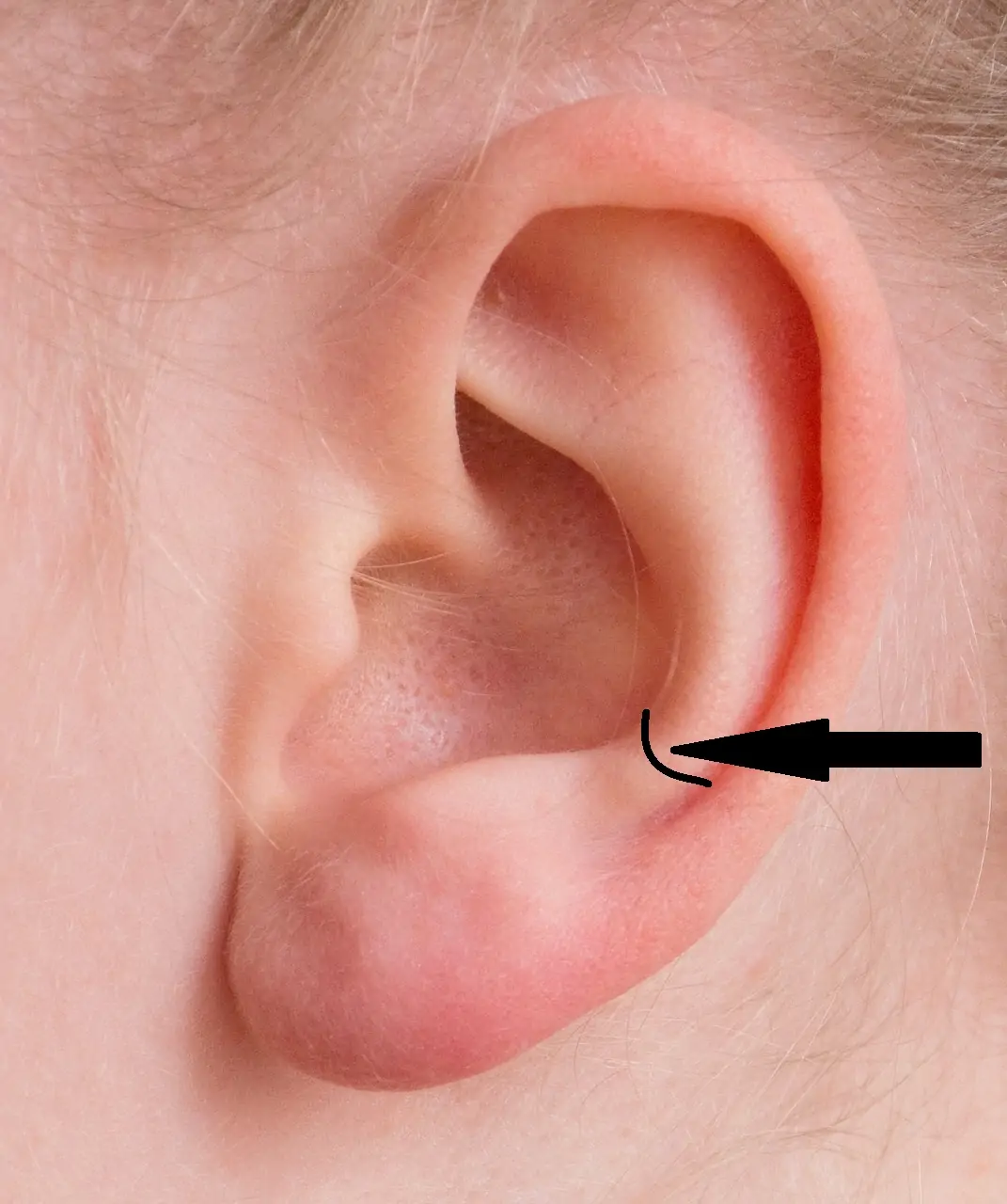
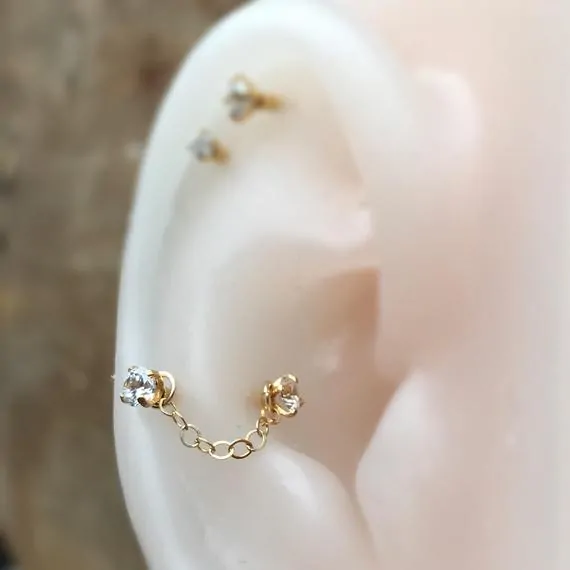
The anti-tragus is located opposite the tragus and above the ear lobe, in the raised vertical lip of your ear cartilage. Some people have the space to have two piercings in this section of the ear, whereas others may struggle to fit even one in! The anatomy of your ear will determine the best type of anti-tragus piercing that suits you.
A curved barbell is a great choice for the anti-tragus, as well as a simple stud. You can also opt for a ring, but it’s best to wear an anti-tragus ring after the piercing has healed as the movement of the hoop can aggravate and slow down the healing process.
Some people claim that anti-tragus piercings also assist with headaches and migraines, but again, this hasn’t yet been scientifically proven.
ANTI-TRAGUS PIERCING PAIN METER:

Anti-tragus piercing can cause pain to most people, as it requires a lot of pressure to complete the procedure. The anti-tragus has thick cartilage and can be quite sensitive. Most people report feeling pain for a long time after the piercing has taken place.
HEALING TIME:
The expected healing period for anti-tragus can take from 3 to 6 months. Keeping the piercing clean will aid in this process.
8. Rook Piercing
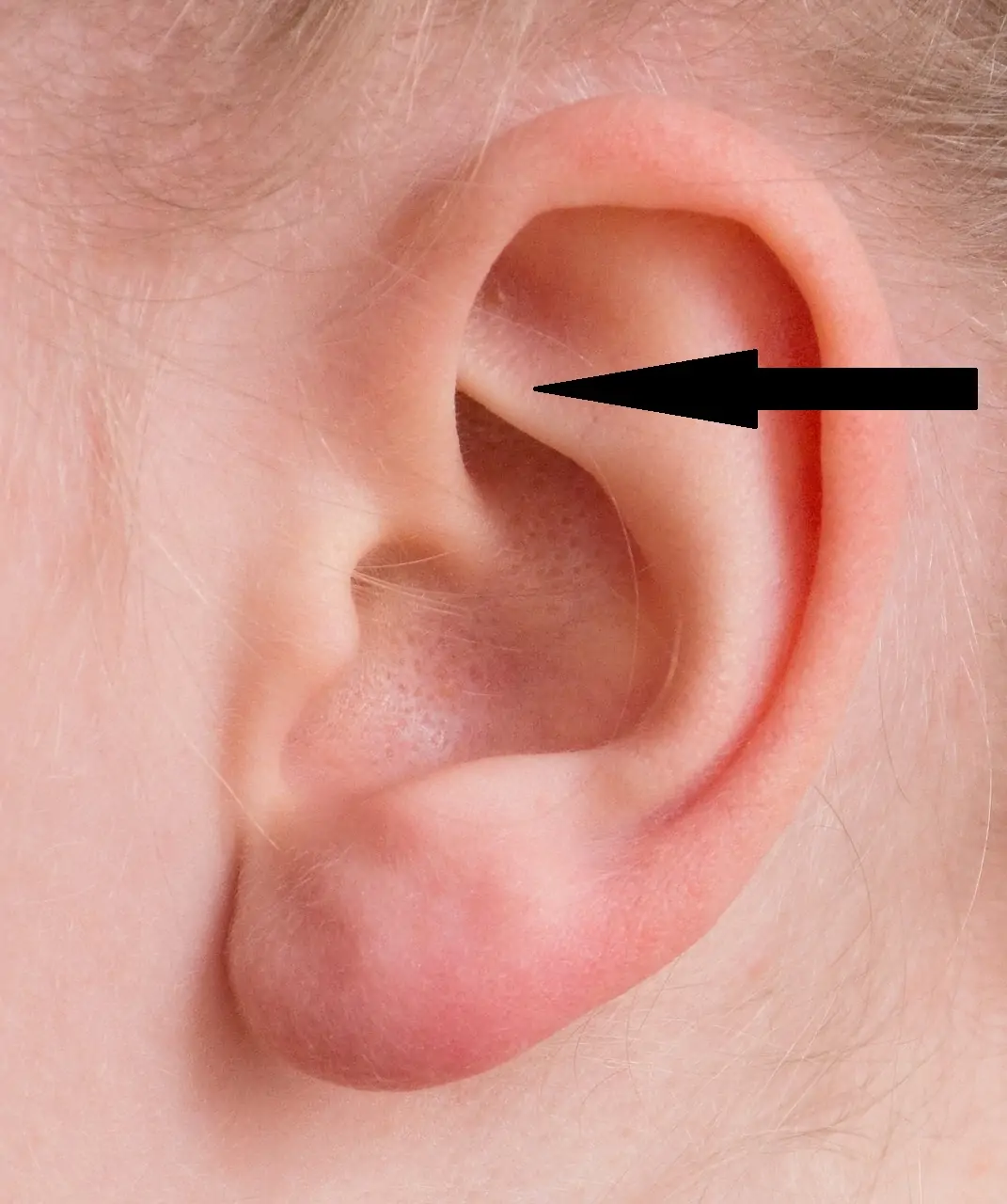
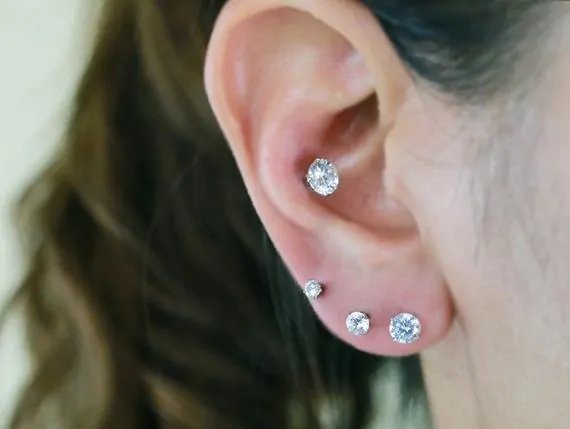
The rook piercing is quite complicated and requires great skill on the part of the piercer, so make sure you find a trusted and licensed piercer to do this for you. The rook sits on the upper part of your inside ear, where that big fold is, and because of the thickness of that part of the ear, the procedure can be quite intense for some people.
The rook piercing is very fashionable and a great spot to showcase a beautiful stud, hoop, captive bead ring, or curved barbell.
ROOK PIERCING PAIN METER:

This is one of the more painful types of ear piercings and can be quite uncomfortable for most people. A lot of pressure is applied during the piercing and you’ll feel some sharp pain. Most people find the pain during the healing process for this type of piercing quite high.
HEALING TIME:
The rook piercing takes a very long time to heal, sometimes up to 10 months or a year. It requires care and patience to ensure that the rook piercing doesn’t get infected during this time.
9. Conch Piercing
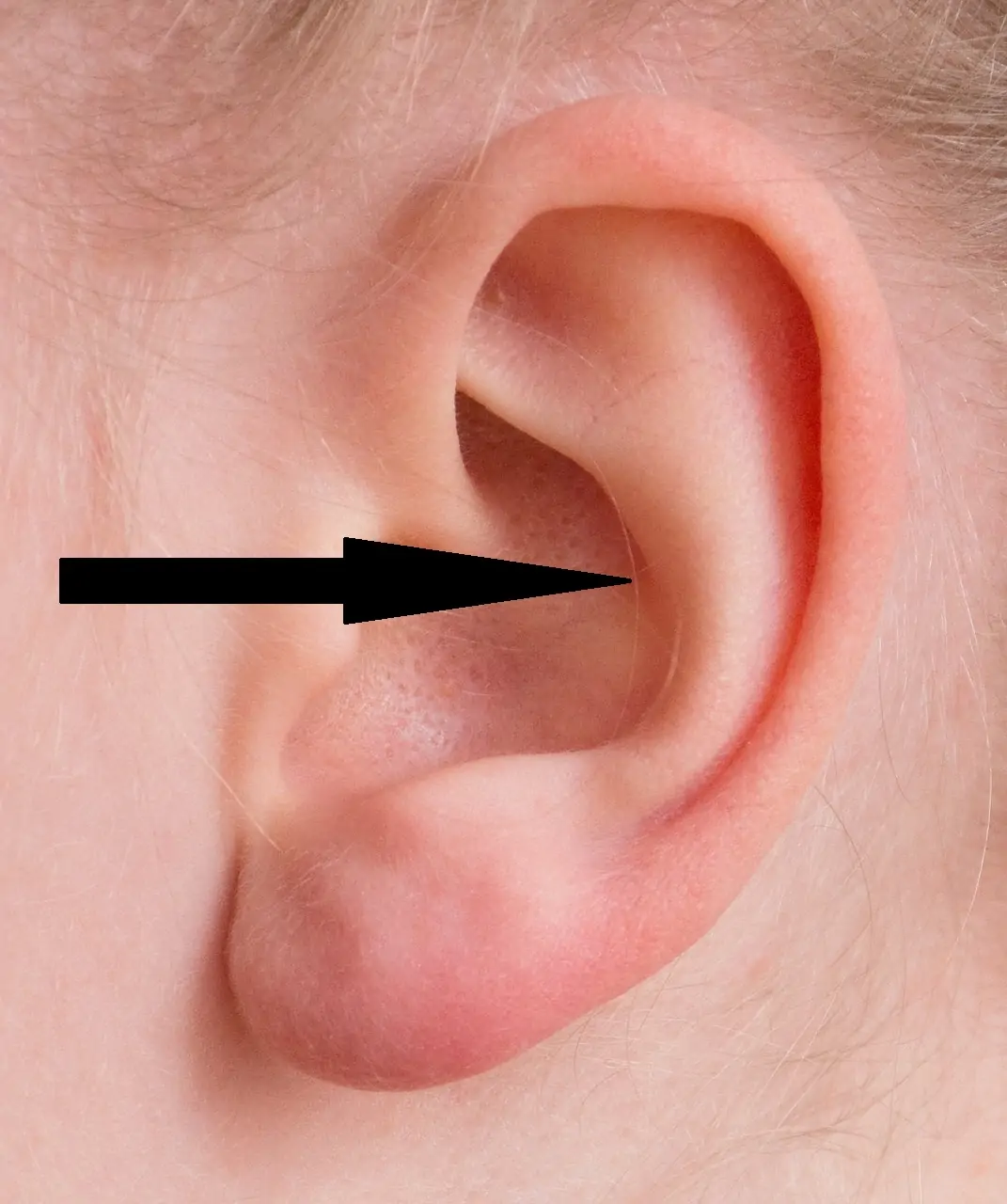
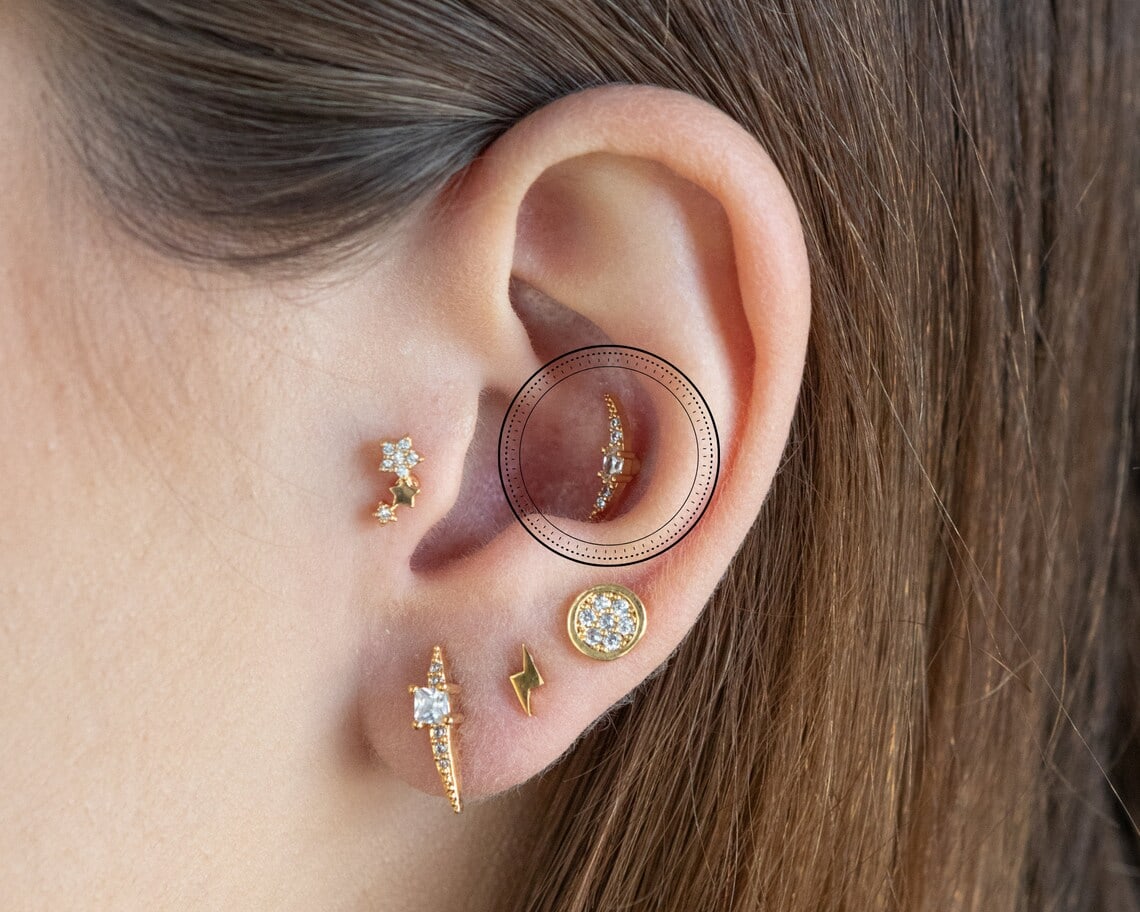
The conch piercing gets its name from the fact that the inner part of the ear looks somewhat like a conch shell. You can get two types of conch piercings, known as the inner conch and the outer conch.
While studs are the most popular type of jewelry for this piercing, straight and curved bards look great too. This is a very attractive piercing and looks very hot.
CONCH PIERCING PAIN METER:

While this type of piercing requires a lot of pressure to push the needle through the thick cartilage of your inner ear, the pain doesn’t last very long. For most people, it dulls down to a throb and goes away after some days. For others, it can last for several weeks in the form of dull throbbing pain.
HEALING TIME:
The healing period for a conch piercing can take from 3 to 9 months and depends on how well you take care of it and your overall health.
10. Industrial Piercing
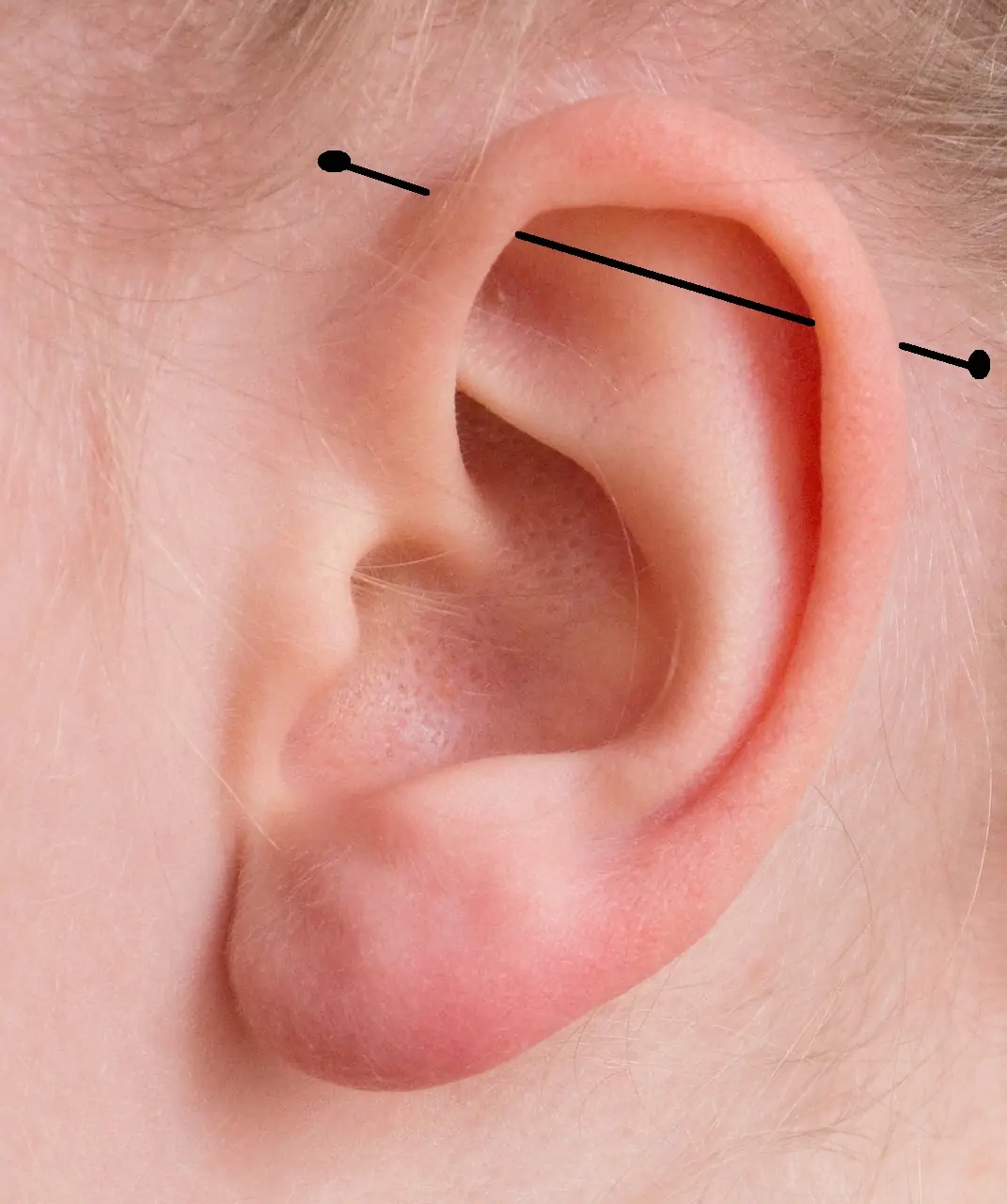
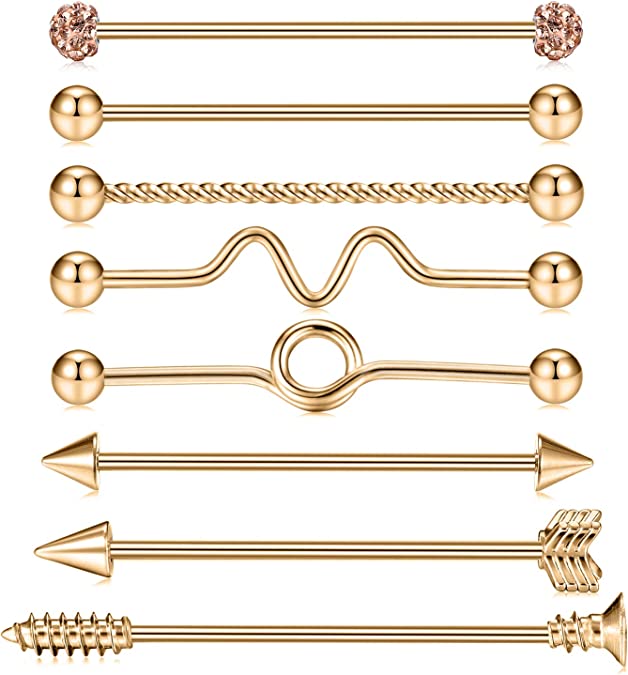
There’s no denying that industrial piercing is very cool and hip. It’s one of the rarer ear piercings and comes with a lot of pain, but for many, it’s well worth the trouble. Industrial piercing requires two separate holes in the upper cartilage. The jewelry is then passed through these holes, connecting them.
Typical industrial ear-piercing jewelry is the barbell, often embellished with charms, arrows, or gemstones. This piercing is not for the faint-hearted, but as they say, no pain no gain.
INDUSTRIAL PIERCING PAIN METER:
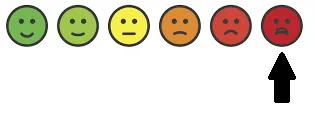
This is often called the most painful type of ear piercing, as it requires two separate perforations in the sensitive cartilage section of the ear. Avoid industrial piercing if you don’t have a high tolerance for pain.
HEALING TIME:
Industrial ear piercing takes up to a year to heal for some people, with the average healing time being about 6 to 9 months.
11. Snug Piercing
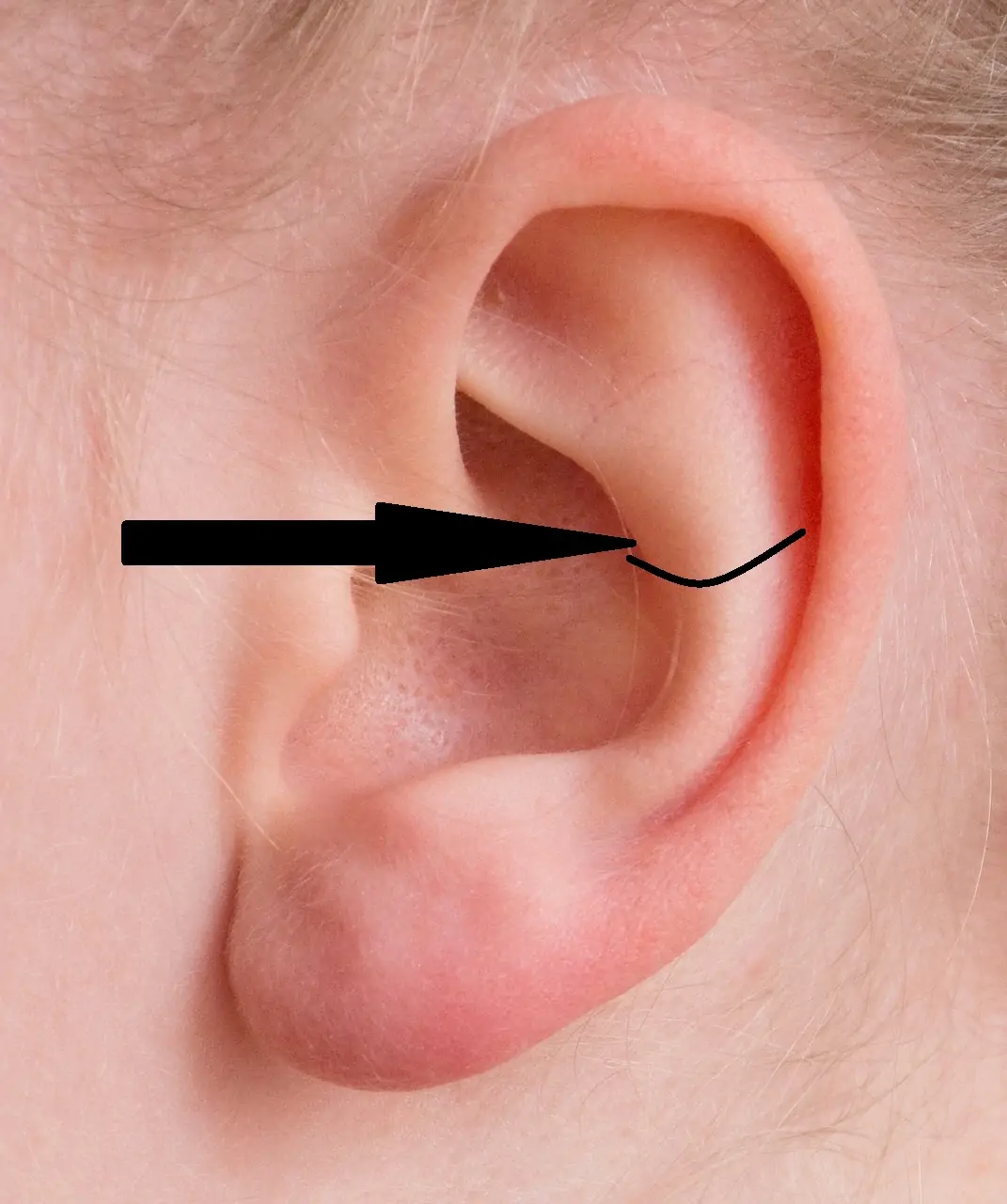
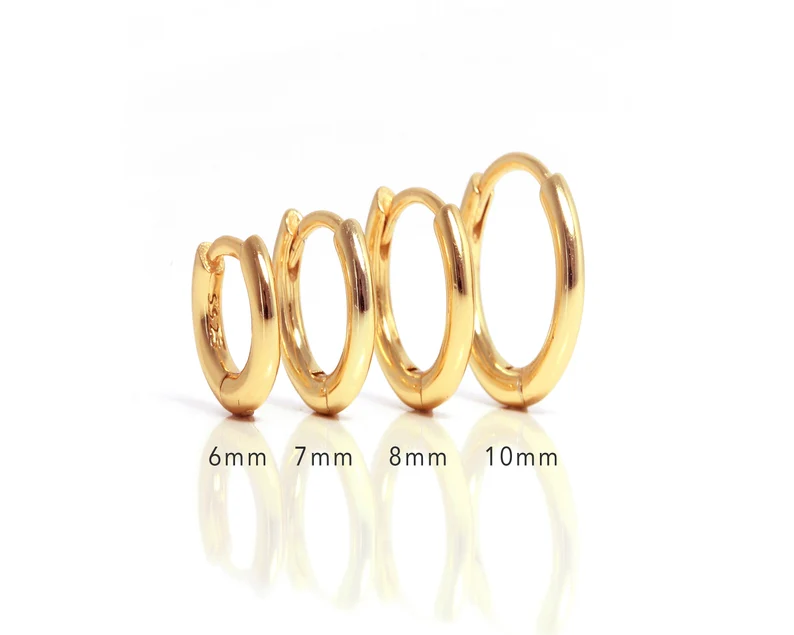
This is a horizontal piercing that goes through the inner and outer parts of your ear. It’s sometimes called the anti-helix because it sits directly opposite the helix.
Most snug piercings go through the inner part of the ear and the middle of the outer rim of the ear, requiring two separate perforations. However, you can also opt for a snug piercing that goes around the outer rim of the ear, meaning that only one perforation is required.
This is a fashionable type of ear piercing and is also very visible. It’s becoming increasingly popular to get a snug piercing and it definitely ups your jewelry game.
SNUG PIERCING PAIN METER:

Getting a snug piercing is painful as this is one of the thickest parts of the ear. The pain can be intense as is the pressure during the piercing.
HEALING TIME:
The snug piercing can be quite difficult to heal and takes up to 6 months. Avoid sleeping on it during that time. It’s recommended to clean the wound site 2 or 3 times a day with a saline solution to keep it clean and free from infection.
12. Transverse Lobe Piercing
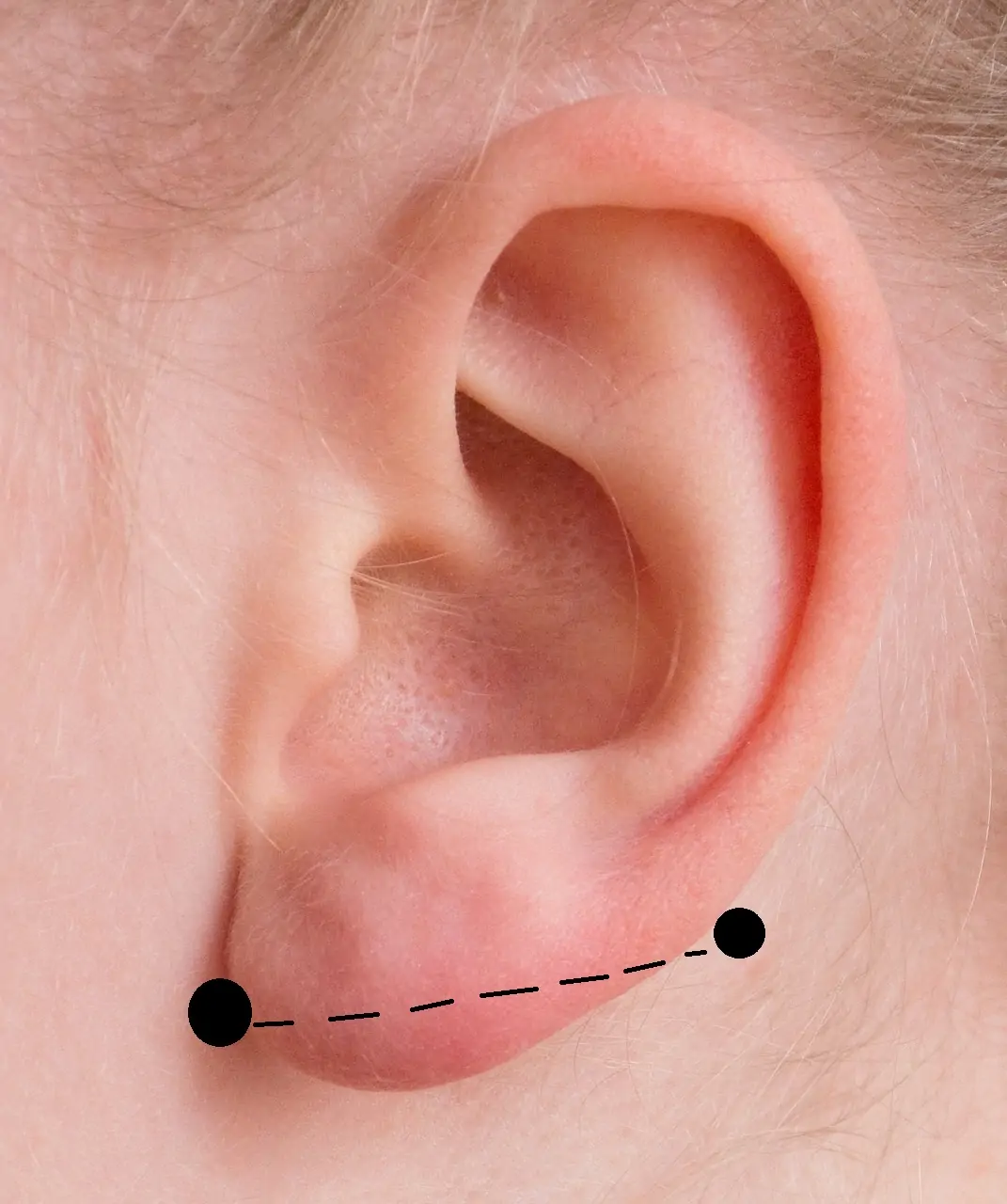
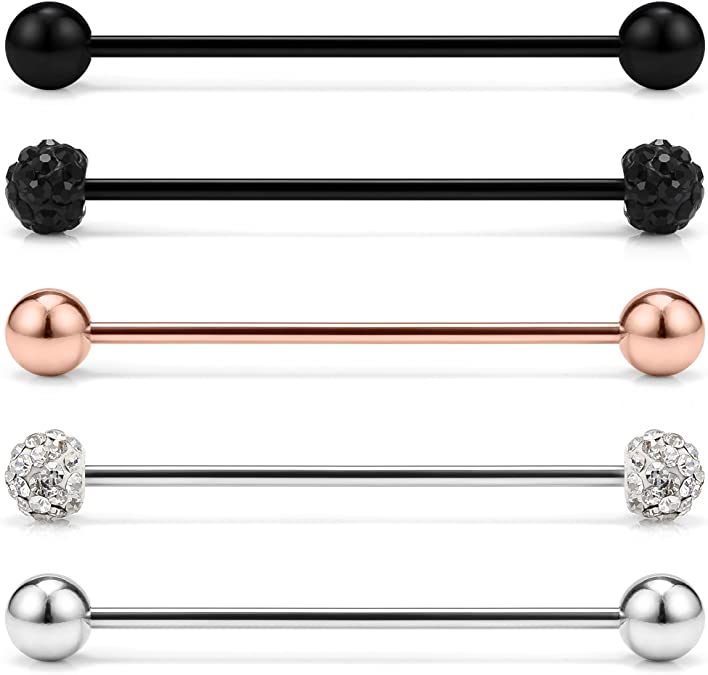
The transverse lobe piercing is on the fleshy lobe of the ear but unlike the lobe piercings which go through from front to back, this one goes from side to side of the lobe at an angle. It’s similar to industrial piercing, but here, you can only see the tips of both ends and not the bar of the jewelry.
A long barbell is the jewelry of choice for this kind of piercing. The transverse lobe is attractive and unique, but it can be quite painful. Make sure you find a good piercer to do this job as it requires skill and expertise.
TRANSVERSE LOBE PIERCING PAIN METER:

The transverse lobe piercing sounds very painful as it goes through quite a bit of fatty flesh, but in fact, it’s not that bad. Most people feel little pain, somewhat similar to a lobe piercing.
HEALING TIME:
The transverse lobe piercing is easy to maintain and heals in roughly around 2-3 months but for some people, it can take up to 10 months. It’s not a very painful or laborious healing process, which makes it a great choice to get a cool, unique look with minimum pain.
Before You Get an Ear Piercing
Not every ear piercing will suit everyone so it’s important to ensure that you know what’s involved before you commit. It depends on your style and for some, on the image you want others to have of you.
Unfortunately, there are still prejudices based on appearance and this can affect areas of your life, like job prospects or even relationships. At the end of the day, the most important thing is to choose an ear piercing that you love and really want to flaunt. What’s the point of the effort and pain otherwise?
Wrapping Up
Ear piercings have long been a way for individuals to express their personal style and embrace their identity. From the traditional lobe piercings to the edgier cartilage selections, the range and versatility they offer are unparalleled. As with any form of self-expression, the key is to be informed, prioritize safety, and choose what resonates with you. Embrace the experience, and wear your choices with pride and confidence!









